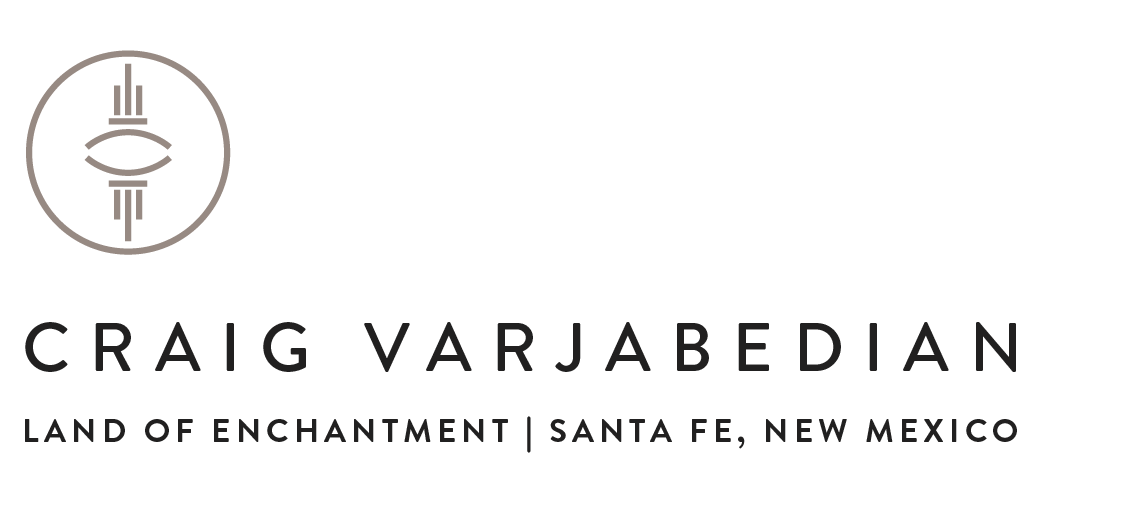On Becoming a Photographic Citizen
I have been teaching photography for a long time now; well over twenty-five years. I have noticed there are many things that bring people to photography. Besides the desire to make beautiful pictures of their worlds and sharing these with their friends and family, there is a sense of wanting to be a part of a larger photographic community that is important to them.
Deep down, those of us who teach, know that every one who attends a workshop will not become a professional photographer; though we know that the dream still burns brightly for many. While some do indeed go on to a career behind the lens, many are hoping to simply make great pictures of the people in their lives. Others are hoping to make some beautiful images of their next trip to Tuscany. To borrow from my 17 year old daughter’s vernacular, “It’s all good!”
Recently I have been thinking that perhaps the reason I teach photography isn’t just to help create photographers, but is instead to help create a group of people who deeply care about images and image making. I want to “move the needle” as my friend Ron would say, away from buying camera gear or discovering yet another tool in Photoshop, towards a practice I would like to call “Photographic Citizenship*.”
How does one practice Photographic Citizenship you might ask? Let me count the ways! Below is a list with a few ideas:
You buy books of photographs by photographers you love and study their work again and again and again. This in turn teaches you something about images that only time and repeated study will allow and your purchase supports that photographer’s work.
You attend lectures/presentations by photographers to better understand why they make the photographs they make, so that you might discover new ideas and perhaps learn new ways of seeing.
You send e.mails and notes of appreciation to other photographers for their incredible work so they know how much their images are being appreciated.
You learn about the photographers of the past and present (Niepce,Daguerre,Day,Ray,Kertesz,Weston,Adams,Bullock,Lange,Liebovitz,Capa,Smith, Cunningham,Bresson,Gilpin,Winogrand,Avedon,Meyerowitz and so many others) to better understand where and how the work you want to make fits into the history of photography and maybe even the larger continuum of life.
You find ways to give something back. The animal shelter where my daughter volunteers, invites photographers from the local community, after minimal training, to make pictures of the dogs and cats needing to be adopted.
And, you buy a print or two occasionally, to support the work of photographers you love because it’s important to live with beautiful images and because the old adage is indeed true that, “what goes around, comes around.” I don’t think there is a photographer out there who would not be thrilled if someone purchased one of their photographs.
Ultimately I believe when you truly become a Photographic Citizen, you move away from focusing on the material side of photography (camera, lenses, computers and software) and refocus yourself on something deeper and more lasting and maybe even more meaningful. You come to understand that having a life in photography is about the images we make and about the people who are touched by them. It’s what we learn about the places and people we photograph and ultimately, about what we can learn about ourselves along the way.
* This blog piece was inspired by an idea of citizenship in the literary world proposed by author Cathy Day.


